Blood. It’s the very essence of life, coursing through our veins, a symbol of vitality and heritage. But beyond its biological role, blood holds a secret history, one filled with bizarre rituals, strange beliefs, and shocking practices. From ancient rites to modern myths, the story of blood is far more complex and captivating than you might imagine. Prepare to be astonished as we delve into some of the most amazing and unsettling facts from the hidden chapters of blood’s past.
10. Satanists in the French Court
Paris, 1676. Imagine a shocking scene: a woman, rumored to be Madame de Montespan, the lover of King Louis XIV, allegedly used dark rituals to win back his affection. Whispers told of blood sacrifices and even potions made from her own menstrual blood. These wild tales were part of a big scandal known as The Affair of the Poisons, gripping the French court with fear and suspicion.
9. Doctor Faustus and the Blood Pact
Christopher Marlowe’s play, Doctor Faustus, terrified audiences. Why? Faustus famously signs a deal with the devil, Mephistopheles, using his own blood. When his blood strangely thickens, showing his soul’s hesitation, Mephistopheles cleverly uses hot coals to make it flow again. This act symbolized science and cunning overcoming faith and the soul, a truly horrifying idea for many at the time.
8. Slaughterhouses and Blood Tonics
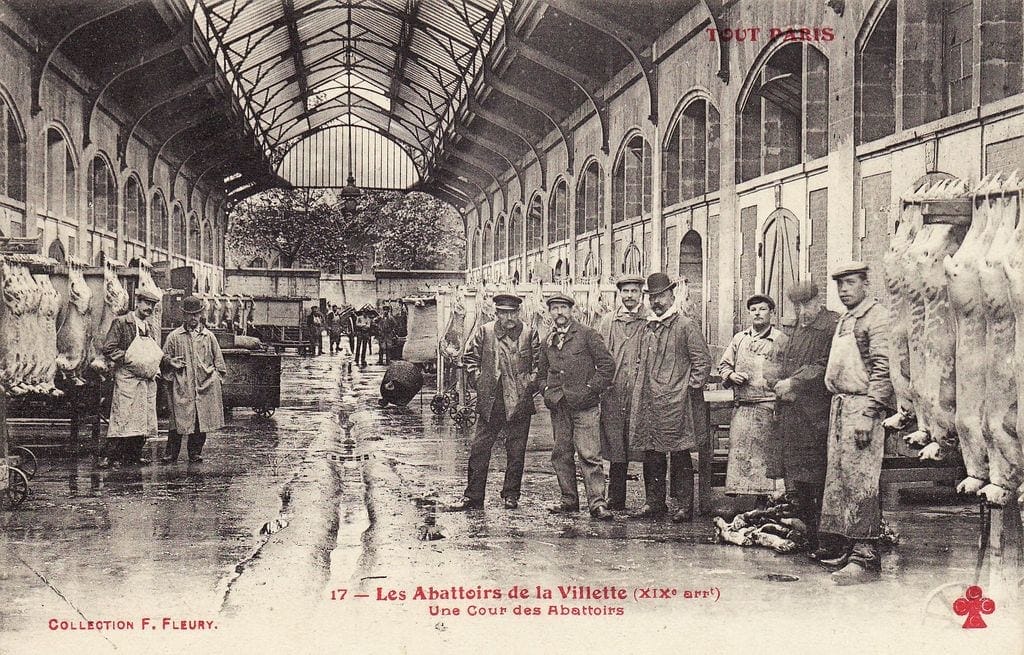
Believe it or not, in the 1870s, some people thought drinking warm animal blood straight from slaughterhouses was a health tonic! Described as ‘crimson cream,’ it was especially popular among women in Paris and New York, who probably didn’t get much meat in their diets. In some strange cases, when animal blood wasn’t enough, people even turned to human blood. One story tells of a very sick young woman who went from drinking animal blood to her husband’s blood until he couldn’t continue.
7. The Vampire Sect of Kansas
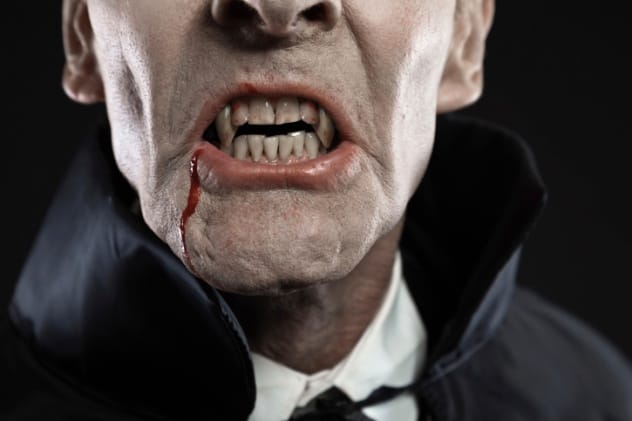
In late 1880s Kansas, a man named Silas Wilcox started a group called The Samaritans. He preached that drinking blood could cure diseases, claiming ‘the bible taught that blood was the life.’ Initially, they drank cattle blood. But when Wilcox got sick, he drank a fellow member’s blood and recovered. This turned them into a ‘Good Christian Vampires’ group. Later, authorities found a man named John Wrinkle drinking his young children’s blood, claiming they willingly gave it to heal him after inspecting their scarred arms.
6. Blood in Extreme Mourning Rituals
Blood has played a shocking role in some mourning rituals. In 1577, poet Edmund Spenser witnessed an Irish rebel’s foster mother take up his head after he was quartered and suck his blood, shouting that the earth wasn’t worthy of it. During Ireland’s Tithe Wars in the 1830s, a widow, finding her sons killed, reportedly threw herself on their bodies and drank their gushing blood in a frenzy of grief until she fainted. These extreme acts show how deeply blood was tied to life, rage, and loss.
5. Blood Drinking for Survival: Famine and Shipwreck
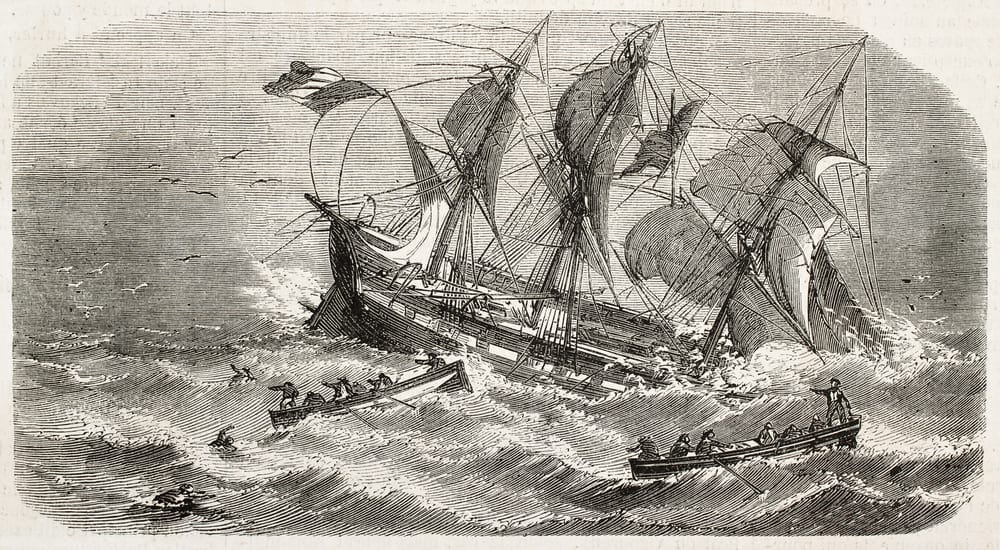
When faced with starvation at sea, desperate survivors sometimes turned to unimaginable acts. The famous 1884 Mignonette case involved sailors drinking the blood of a young cabin boy before resorting to cannibalism to survive. This wasn’t unique. In other shipwrecks, like that of HMS Blonde near the Sandwich Islands in 1826, survivors reportedly fed on the flesh and blood of those who died. One woman, Ann Saunders, even drank her deceased fiancé’s blood, insisting she had the greatest right to it.
4. The Myth of Rejuvenating Blood Baths
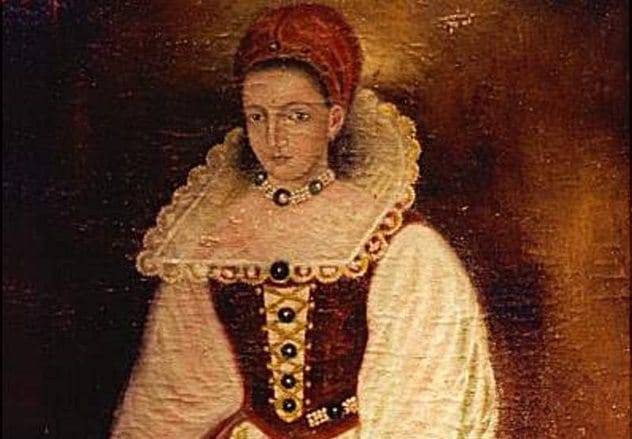
The chilling tale of Hungarian noblewoman Elisabeth Báthory, accused around 1610 of torturing and murdering hundreds of young women, includes a gruesome legend. It was said she bathed in their blood to keep her skin youthful, though experts believe this is likely a myth, partly because blood coagulates too quickly. Similar scary rumors circulated in France. People whispered that an ailing noblewoman kidnapped children to bathe in their blood to cure leprosy, and in 1750, Parisians rioted believing King Louis XV used children’s blood for a similar purpose.
3. Blood Money: The High Price of Plasma
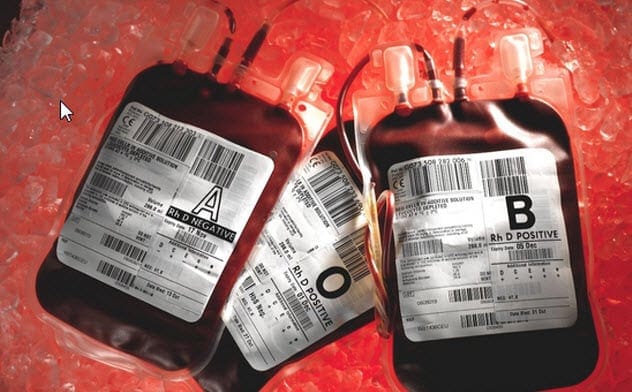
Did you know blood can be incredibly valuable? Rose George noted in her book ‘Nine Pints’ that in 1998, a barrel of crude oil was $13, while a barrel of blood could cost $20,000! Today, human plasma is a hot commodity, with some entrepreneurs claiming it can help treat major diseases. In the U.S., people can sell plasma twice a week. This has led to a huge industry, with millions, often those struggling financially, selling their plasma. While it provides income, some sellers report serious side effects like extreme fatigue and severe dehydration to earn just a few extra dollars a day.
2. Sanguinarians: A Real Need for Blood?

Meet the ‘sanguinarians’ – people who claim they need to consume human blood. Norine Dresser’s book ‘American Vampires’ describes a woman named Kristin who would bite her ‘donors’ and said blood made her feel energized. She even believed vampirism ran in her family. More recent research explores if some individuals might have a physical need for human blood due to conditions like very low blood pressure or body temperature. Mainstream medicine is hesitant about this topic, but it’s notable that many sanguinarians don’t report the iron toxicity most people would suffer from drinking blood.
1. QAnon and the Enduring ‘Blood of Innocence’ Myth

The disturbing myth of powerful people preying on the innocent for their blood has a long, dark history. Centuries ago, false anti-Semitic claims accused Jews of using Christian children’s blood in rituals. Author Jason Goodwin heard a Romanian woman claim former leader Nicolae Ceaușescu reared babies to use their blood for eternal youth. Today, QAnon conspiracy theories echo these baseless claims, accusing elites and Hollywood celebrities of trafficking children to harvest their blood for a substance called adrenochrome. These enduring myths often tap into deep-seated fears and societal anxieties.
The journey through blood’s secret history reveals a tapestry woven with threads of fear, faith, desperation, and power. From supposed spiritual connections to misguided medical uses and dark fantasies, human interaction with blood has been anything but simple. These stories, though often unsettling, remind us of the potent symbolism blood has carried throughout human civilization and how it continues to spark both fascination and dread.
What fact surprised you the most? Do you know any other bizarre blood stories? Share your thoughts in the comments below!










